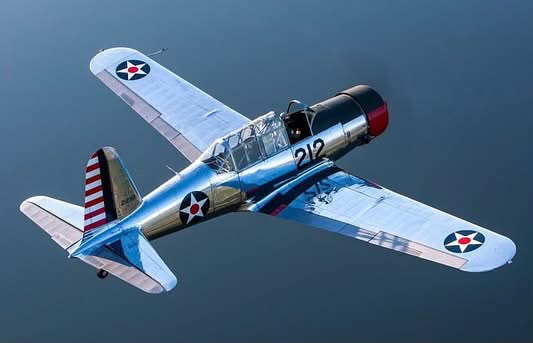RANS S-7S Courier
- J.K. Caldwell
- Mar 19, 2021
- 3 min read
Updated: Dec 28, 2021


First Impressions: Light duty, inexpensive kit-built STOL bush plane. It looks like a lot of fun; turns out, it is!
Ergonomics: The door(s) are big and it’s a lot easier to get and out than a Cub. There is plenty of head and shoulder room and the seats are adjustable fore and aft. This plane can easily accommodate a six and a half footer.

Powerplant: The S-7S has a variety of engine and prop options available but the model as tested was a carbureted Rotax 912 ULS delivering approximately 97 hp at max rpm (5800). The prop is a composite three-bladed, ground-adjustable Whirlwind. The carburetor is gravity-fed, with a backup engine-driven fuel pump and a double backup electric fuel pump!

Start/Taxi/Takeoff: If you’ve never flown behind (or in front of) a Rotax, it’ll take some time to get used to the startup and rpm settings. The startup is easy and similar to a car. The Rotax 912 operates at a much higher rpm than standard aircraft engines and thus has a reduction gearbox for the propeller. You’ll want your ground idle around 2,000 rpm. There are no special considerations for the taxi or run up; just follow the checklist. The Rotax is liquid-cooled and in some aircraft the coolant temperature can get close to yellow line in a hurry on a hot day. This is not the case with the S-7S. The size and location of the radiator provide for plenty of cooling, even on a hot and humid North Carolina day. The takeoff is easy; full power, tail up, and let the Courier tell you when she’s ready to fly. Thanks to the light airframe and cambered wings, the climbout is very impressive for a 97 horsepower machine. On a cold 35 deg morning, with two 190 lb people and 3/4 tanks, the Courier was climbing at almost 1,200 fpm. Definitely not your standard LSA.
Flight Characteristics: This is a stick and rudder machine and will not accept a pilot with lazy feet, even during straight and level flight. Some S-7S builders even incorporate a rudder trim option. Cruising at 5,100 rpm will yield around 100 mph and burn about 4.5 gph. Slow flight at 45 mph with both notches of flaps will result in a slight buffet that is fully controllable and exhibits no wing drop-off tendencies. The bull-nose ailerons are offset slightly low, giving full aileron control, even at very slow speeds. The cambered wing provides excellent lift with full throttle and with power off will sink at 650 fpm, even at best glide speed! When picking emergency landing fields, it’s important to not get greedy for a
distant field; pick a decent spot below you instead. The big cambered wings that produce such impressive climb performance can also give you a bumpy ride in turbulence.

Approach/Landing: The liquid-cooled engine also means you don’t have to concern yourself too much with rapidly cooling the engine so you can stay high longer and pull the power out to enjoy the hefty sink rate. The flap speed is 69 mph and a normal approach speed is 64 mph so it’s important to use power reduction to control the rate of descent and not pitch. A power-on approach is normal and generally use just one notch of flaps if you have a passenger onboard or there are significant crosswinds. A power-off landing is possible but you must practice and stay proficient to nail the flare timing and not “pancake” in. If you touch down straight and zero-out the sink rate, the landing is very gentle. However, if your Courier is equipped with standard steel spring gear and you let it drop out beneath you in the flare, she’ll launch you back skyward at the same rate you brought her down! Once on deck, the S-7S tracks fairly straight for a taildragger.
Wrap-up: This is a relatively inexpensive and low maintenance taildragger for those who want to enjoy some fun weekend flying and dabble in the backcountry!


.png)




Comments